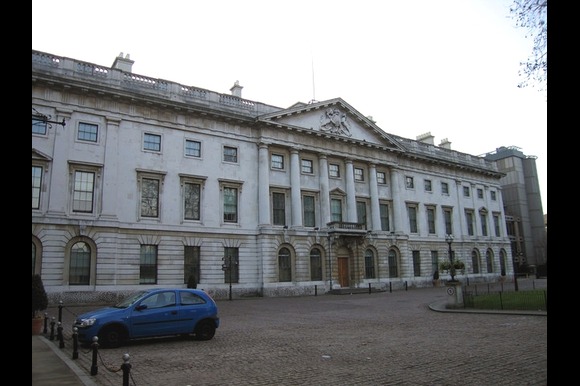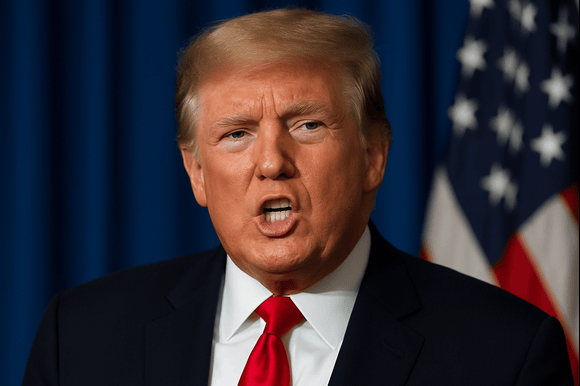
Photo by Anna Shvets
U.S. President Donald Trump has declared that he intends to reduce prescription drug prices by 59 percent, though he has not yet provided any specific details regarding how his administration will achieve this ambitious goal. His announcement comes ahead of a scheduled health-related event at the White House on Monday.
Trump indicated on Sunday that he plans to sign an executive order aimed at implementing a pricing strategy known as the “most favored nation” or international reference pricing model. This pricing strategy involves aligning U.S. drug prices with those of the lowest-paying countries for the same medications. During his first term, Trump previously attempted to implement such a policy, but it was ultimately blocked in the courts.
“DRUG PRICES TO BE CUT BY 59 PER CENT,” Trump posted in capital letters on his social media platform on Monday, shortly before pharmaceutical stocks across the globe reacted negatively. U.S. pharmaceutical companies saw share prices fall between 2 percent and 3 percent in response to his weekend statements, with further declines following his most recent announcement.
President Trump is scheduled to host a health-focused event at the White House at 9:30 a.m. local time (1330 GMT) on Monday, where he will be joined by U.S. Health Secretary Robert F. Kennedy Jr. The event is expected to highlight key elements of his administration’s approach to lowering drug costs, although specific policy measures have yet to be outlined.
According to four lobbyists representing the pharmaceutical industry, drugmakers are anticipating that the executive order will primarily target the federal Medicare program. Medicare serves Americans aged 65 and older, as well as individuals with certain disabilities. These lobbyists said they have been briefed by White House officials regarding the potential focus of the order.
The cost of prescription medication in the United States remains the highest in the developed world, with Americans often paying nearly three times more for drugs than consumers in other industrialized countries. President Trump has repeatedly pledged to address this disparity and close the price gap. However, he has not yet presented a clear roadmap or concrete implementation framework to support this commitment.
Trump’s renewed focus on reducing drug prices is expected to become a central issue in his health policy agenda during his current term. Yet, the absence of specific legislative or administrative details continues to raise questions about the feasibility and timing of the proposed reductions.




